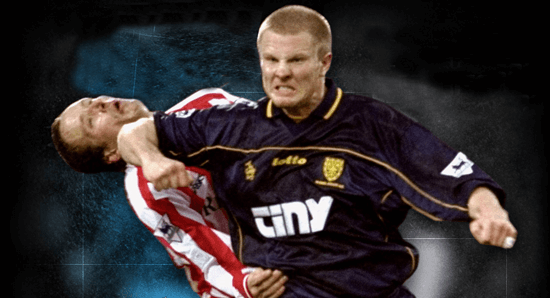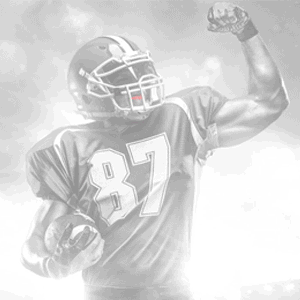Athletes In Non-Contact Sports Need More Protection Than You Think

As an athlete who doesn’t play a contact sport, a mouthguard isn’t that important for you, right?
Wrong.
As we’ve stated in this space many times, athletes have a 33-56% chance of receiving an orofacial injury — an injury to the mouth or face — during their playing career. And guess what? A broken or damaged tooth doesn’t heal like a bone, meaning lifelong maintenance, appointments and surgeries with a lifetime cost of approximately $20,000. That’s just to replace one tooth!
While the sport you play may not be considered a “contact sport” in the traditional sense, all athletic activities feature a natural risk of accidental contact and/or injury. While body contact and hitting/checking are illegal or limited in sports like basketball and soccer, the games are still physical and feature their share of player injuries.
Basketball is played violently down in the paint, with bodies and, most dangerously, elbows flying around. A blow to the face from an opponent’s elbow without a mouthguard in place has the ability to cause significant injury. Just look at the NBA playoffs, where a hard elbow to the face sent one of Isaiah Thomas’ teeth flying to the court (and seen clearly on camera — thanks hi-def!).
A recent elbow to the Cleveland Cavaliers’ Tristan Thompson pushed his teeth back in his mouth. But thanks to his Gladiator mouthguard, the damage was minimized and his teeth were reset with no problem. LeBron’s teammate credited his mouthguard for saving his smile: “If I didn’t have a good mouthguard, I’d have a tough time having a good dinner tonight, so, God bless my mouthguard!”
Like basketball, soccer players are also susceptible to injury, as they often lead with their head and/or face to make plays, while feet, cleats and the other athletes’ heads are also flying toward the play. It’s because of this “incidental” contact that non-contact sports actually require more mouthguard protection than contact sports.
Most contact sports below the pro level — including ice hockey, football and lacrosse — require full facial protection, and that means those athletes are actually at less risk of receiving an orofacial injury. Of course, that doesn’t mean that athletes playing with a full-face shield don’t need to wear their mouthguards; they still need to be protected from jaw joint trauma, jaw fractures and collisions between the upper and lower jaw causing fractured teeth.
While they still must wear mouthguards, players in contact sports only require protection from two of the three types of impact, while non-contact athletes need protection from all three — direct impact to the mouth, direct impact to the jaw and impact under the chin.
Proper protection starts with a minimum of 4 mm of material in the important impact zones — the areas in the front of the teeth and under the molars. However, these zones change from sport to sport. Due to the fast pace of sports like soccer and basketball — and the lack of helmets or facemasks — your mouthguard must protect all of your impact zones.
Again, while impact to the face is unintentional in these sports, it does happen, so protection of the frontal impact zone is important. But it also shouldn’t be overdone, in order to allow proper communication and breathing.
So, as an athlete who doesn’t play a contact sport, a mouthguard is pretty important for you after all.
While you may play a non-contact sport, that doesn’t mean you don’t need to be properly protected for when contact occurs. In fact, your lack of facial protection means you actually need more protection than contact sports. So make sure you get the protection that’s right for you.
Which Mouthguard Is Right For You?




 As an athlete who doesn’t play a contact sport, a mouthguard isn’t that important for you, right?
As an athlete who doesn’t play a contact sport, a mouthguard isn’t that important for you, right? 
